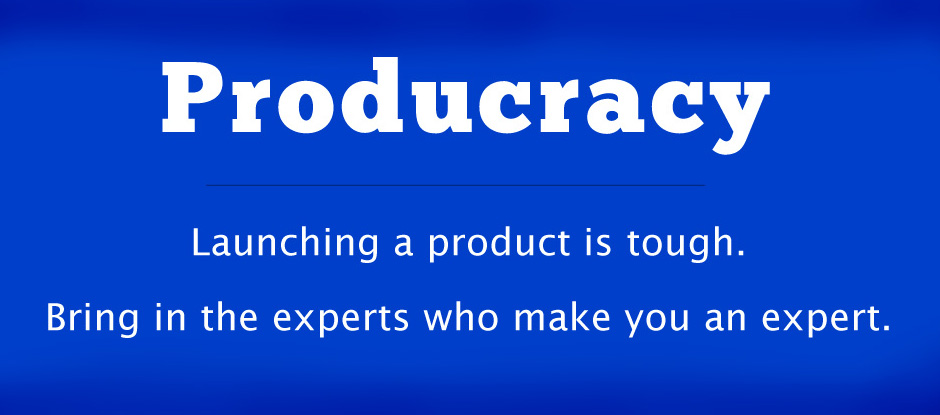Learn how to brainstorm an idea for your own product
This is a continuation of the product idea generation discussion.
There are four different methods I like to use when showing people how to brainstorm an idea.
Of course, these are just tips to help bring the ideas out of your head. There is no better method than using your skills of observation and intuition.
Pat Flynn 7-7-7 Method
This has been successfully used for informational products, so I wanted to repurpose for physical products.
I heard about this from Pat Flynn and it requires you to write our 7 passions, 7 problems, and 7 fears.
7 New product ideas
7 Products you would like to change
7 Products you hear people complain about or want to change
There it is, start a list and come up with 7 ideas under each category;
Dan & Ian’s Rip, Pivot, & Jam Method
This is meant for both physical and digital products.
This is a favourite theme of their’s, and you can read/hear all about it here.
I can do no better than to just rip & pivot on their description.
- Rip – Find a niche that you believe to be profitable and identify if others are making money from it. Observe what sales advantage is bringing them their success.
- Pivot – Bring this advantage to a new market that you are interested in pursuing. Use the same sales advantage that you identified above and apply it to your desired product.
- Jam – “Crash the boards with 100% energy” Give this project 100% focus and attention. Do not have too many irons in the fire.
Modifications you have made to products
Are you a tinkerer that likes to modify your gear, especially when repairing items that have broken or continually malfunctioning?
Perhaps you customize everything you buy and are disappointed at the lack of factory options available. Then you go ahead and do it yourself anyways.
Or maybe you are involved in the Maker movement and fabricate or machine a lot of stuff for yourself.
Well in all three situations, you are scratching your own itch.
But even if you are not doing such things already, the ideas are likely occurring to you – pay attention to them!
- Is there something that you do often and could be done faster with a specific tool? Things like the lemon zester, crowfoot wrenches, and Whiteout were solutions to someone’s daily problems.
- Maybe there’s a product you use regularly, and even replace often, but always breaks in the same place or has the same problems. Your favourite razor, headphones, or coffee mug could be possible targets.
- Perhaps you see a product successfully used in one industry and would also work well as a different consumer product. Having it white label manufactured for you, or receiving distributor rights may allow you to market it to the new audience.
Pay attention to the ideas that pop in your head, even keep a journal to write down the ideas and not risk forgetting it.
Just remember that an idea is worth nothing. And no it wasn’t stolen from you if somebody else brings it to market. Speed to market is the most important factor in success since it is likely that a dozen people have the same idea as you.
Products that people complain about
Similar to above, pay attention to what other people say about the products people purchase and use.
This can also help to give you insight into another market that you are part of the demographic: teens, elderly, female, yoga practitioners, or nurses. They are also in need of gadgets and tools to improve their life.
In fact, one sound piece of advice is to market to the 14-18 year old crowd or to the baby-boomer generation. Both of which have disposable income and are capable of making purchases.
Again, listen to their complaints, desires, or even good experiences with products. This can give you your own ideas or help you to uncover a trend that is emerging.
Keep good notes – this prevents you from forgetting but also allows you to get things off of your mind. If you haven’t made your notes yet, the idea will stay at the front of your mind and preoccupy you. Once you document your idea, your mind will be free to wander again or work on something else.
I hope that these tips on how to brainstorm an idea for a product were helpful to you.
Go here for more help with building your product business





[…] you went through my tips on How to Brainstorm an Idea, you likely have more possible products running through your head than you know what to do […]